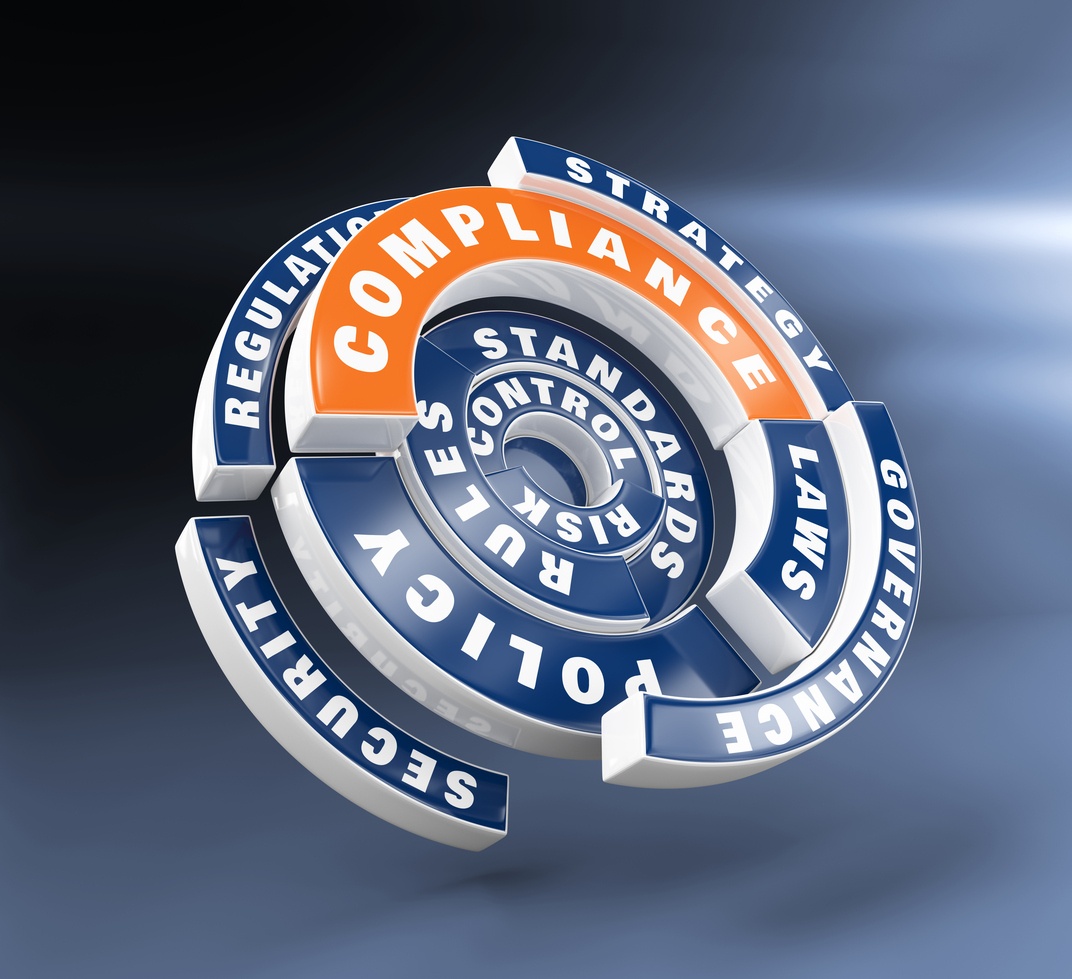You have a trade compliance program and your team works well, but to reach the next level, compliance must become an integral part of everyday business.
Collaborating with your internal business partners is a vital step towards elevating your trade compliance program. You'll need to have two-way communication to take advantage of tariff engineering opportunities and evaluate sourcing options.

US Customs' Role in Trade Compliance
First, let's talk about US Customs and Border Protection (CBP). Since they are tasked with enforcing the US laws and regulations of imported goods, they receive advanced documentation for all shipments at the port of entry. This documentation includes the commercial invoice, bills of lading (BoL), and packing lists, delineating key data points:
- Product Classification, Description, and Value
- Country of Origin
- Arrival Date
- Incoterms
What Happens if There's an Error?
If any of this information is incorrect, then the importer must notify CBP within the allotted time, usually by prior disclosure. However, if CBP discovers an error first, they may begin a formal investigation. If that happens, a prior disclosure is no longer an option.
This is not the time to panic, even though your organization is under "formal investigation" for some type of fraud (whether the fraud was committed knowingly or not.) It is your responsibility to exercise"Reasonable Care" to ensure the information is correct. (More on Reasonable Care later.)
Penalties will apply if the regulations and rules that CBP enforces are not followed.
If you provide incorrect information to CBP and they discover a problem, they will likely issue a CF-28 (Request for Information.) Depending on your response, a CF-29 (Notice of Action) may follow. You may also receive a notice of pre-penalty - meaning CBP is asking you to pay a hefty sum. From here, you'll need to demonstrate Reasonable Care, submit a corrective action, and pay any necessary duties and penalties.
CBP Also Protects Your Intellectual Property
Trade compliance activities also help to protect your brand from other risks like intellectual property infringement. CBP enforces the Intellectual Property Rights (IPR), and you can take action should your rights be infringed upon.
Your intellectual property (IP) is your competitive advantage and so is trade compliance. Import clearances can get held up at the border and possibly rejected or seized if you are found to be non-compliant with IP. A tight trade compliance program will help you meet any legal obligations, navigate any trouble areas, and prevent issues before they occur.
Focus on Trade Compliance High Risk Areas
To manage trade compliance issues effectively, it's best to ask many questions of your internal teams, particularly in production, sourcing, and design. Ask questions to assess areas of risk. In particular, pay attention to:
- Section 301 duties
- Antidumping/Countervailing (AD/CVD) Goods
- Free Trade Agreements
- Valuation
The Usual Trade Noncompliance Areas: Section 301 and AD/CVD
There are areas of significant risk in today’s trade environment--specific types of imports that draw the attention of Customs and Partnering Government Agencies (PGAs) look for noncompliance. They often include goods that could potentially be subject to antidumping and/or countervailing duties allegations or Section 301 duties. The country of origin in many cases of AD/CVD and Section 301 is China, but that is not exclusive, and could include other countries.
If you’re diligent in your sourcing practices or discover that your imports are subject to AD/CVD or Section 301 duties, you can take action. Together with your Customs broker, suppliers, and your product design team, you may want to:
- Evaluate your classifications
- Assess the value of your goods
- Stay current with changing tariffs
Penalties for miss-classifying or undervaluing your imports are more serious now than ever before.
Free Trade Agreements May also Pose Risks
Free tree agreements like NAFTA (now USMCA) have come under the microscope lately - and that may mean big changes for importers. There are many free trade agreements out there, and working with your broker will help you to ensure you meet the qualifications of each agreement.
CBP is exacting greater scrutiny in the review of shipments imported under free trade agreements because there is increased risk for fraud. To reduce your exposure to non-compliance:
- Ensure that the goods truly qualify for the free trade agreement
- Conduct an internal audit
- Only claim free trade when you’re entitled to it
Conducting an internal audit to prevent, or in preparation of, a more costly government audit is the smart move.
The Crux of Compliance: Valuation
The most commonly used method of calculating Customs valuation is the transactional method. Understanding and knowing your valuation is essential to calculating an accurate duty rate. Calculating valuation is often very confusing for many people, but it doesn’t have to be. Consider:
- What did you pay for the material?
- Was it a bona-fide sale between an unrelated buyer and seller?
- Does anything need to be added to the price or deducted from the price?
- Deductions to a transaction can get confusing
- Proceeds from the sale have to be added to the costs, such as packing the shipment for transport
- Selling commissions need to be included
- Assists must be noted - the importer will be the only one to know if there is an assist
Related transactions become even more complicated and confusing and will likely affect the price.
Reasonable Care as a Means to Trade Compliance
Ultimately, with any import shipment, you will want to demonstrate to CBP that you are applying reasonable care. Reasonable care is assumed when you've taken all necessary steps and precautions to ensure compliance with trade law and PGA regulations, and you can PROVE it.
Proof of reasonable care actions are demonstrated by:
- Consultation with your Customs broker for a third-party review
- Third parties are more objective - they'll see things that you may miss
- An outside specialist will not expend your own internal resources
- Customs views a third party analysis as more credible than if you conducted it yourself
- Document your processes and plans to exercise reasonable care
- Conduct and document corrective action on the results
In almost every instance of noncompliance, it was inadvertent; the company simply didn't know, or there was a change in staff, or some data was missing. However, demonstrating reasonable care helps facilitate an open-dialogue with Customs, and prepares your business to address oversights efficiently.



